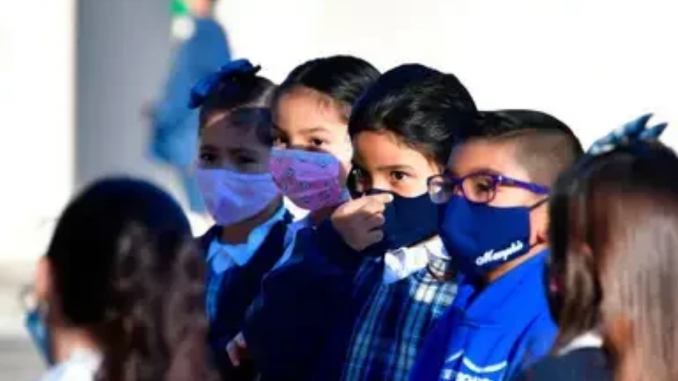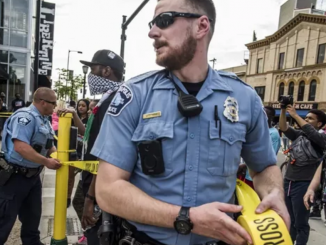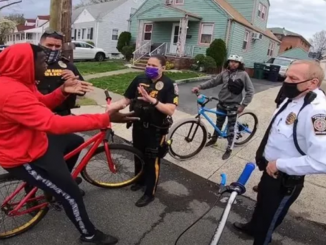
Many concerned parents are asking, “Should children wear masks?” A new scientific study may provide an answer. The newly released study found that kids shouldn’t be forced to wear face masks because they can inhale unacceptable carbon dioxide levels after only three minutes of mask-wearing.
The findings, which were were published in The Journal of the American Medical Association, examined the carbon dioxide levels of 45 children in good health, ranging in age from 6-17, and with an average age of 10 years old. The clinical trial, titled “Experimental Assessment of Carbon Dioxide Content in Inhaled Air With or Without Face Masks in Healthy Children,” claimed that the case for governments to mandate schoolchildren to wear masks is “weak.”
The authors of the study noted that normal open air has approximately 0.04% carbon dioxide by volume (400 parts per million), and the German Federal Environmental Office states that the limit for closed rooms is 0.2% (2,000 ppm), and anything higher is unacceptable, Fox News reported.
The study found that the carbon dioxide levels of children wearing masks after three minutes averaged between 13,120 and 13,910 parts per million, more than six times the maximum carbon dioxide exposure.
“This is because of the dead-space volume of the masks, which collects exhaled carbon dioxide quickly after a short time,” the study said. “This carbon dioxide mixes with fresh air and elevates the carbon dioxide content of inhaled air under the mask, and this was more pronounced in this study for younger children.”
The results of the clinical trial said carbon dioxide levels tended to increase the younger the children were, and a 7-year-old’s levels measured at 25,000 ppm.
The researchers said that high carbon dioxide levels can lead to impairments attributable to hypercapnia, which is a buildup of carbon dioxide in your bloodstream. WebMD says acute hypercapnia can cause delirium, paranoia, depression, and confusion. Severe hypercapnia can cause hand tremors, sudden muscle jerks, seizures, headaches, nausea, vision problems, varicose veins, and a coma if left untreated.
The participating children were wearing surgical and filtering facepiece 2 (FFP2) masks. The authors noted that children wear masks in school for about 270 minutes on average, or 4.5 hours.
“We suggest that decision-makers weigh the hard evidence produced by these experimental measurements accordingly, which suggest that children should not be forced to wear face masks,” the researchers concluded.
The paper published in JAMA Pediatrics cited a review that said there was ample evidence that wearing masks has adverse effects. The review, which referred to 44 “mostly experimental studies,” stated: “We objectified evaluation evidenced changes in respiratory physiology of mask wearers with significant correlation of O2 drop and fatigue (p < 0.05), a clustered co-occurrence of respiratory impairment and O2 drop (67%), N95 mask and CO2 rise (82%), N95 mask and O2 drop (72%), N95 mask and headache (60%), respiratory impairment and temperature rise (88%), but also temperature rise and moisture (100%) under the masks.”
The letter cited a large-scale survey of nearly 26,000 children in Germany that found 68% of the participating minors had problems when wearing nose and mouth coverings. Some of the issues the kids encountered from wearing masks include irritability (60%), headache (53%), difficulty concentrating (50%), less happiness (49%), reluctance to go to school/kindergarten (44%), malaise (42%) impaired learning (38%), and drowsiness or fatigue (37%).
The Centers for Disease Control and Prevention states that everyone over the age of 2 should wear face masks. The CDC’s “Operational Strategy for K-12 Schools” says there is a “pathway for schools to provide in-person instruction safely through consistent use of prevention strategies, including universal and correct use of masks and physical distancing.”
*story by The Blaze


